Emerging from a Numerical Haze
Life Lists are supposed to be about the birds. But sometimes the numbers themselves take over.
(Listen to the radio version here.)
In 1975, during my very first year of birding, I read something about the “600 Club”—not a real organization but the cohort of birders who had seen at least 600 birds in the wild in North America, north of the Mexican border.
The moment I saw the term “600 Club,” joining it became my goal in life—the epitome of birding success. I had no hope of reaching it soon—we were poor students who couldn’t afford much travel. But the other “00” numbers were like stepping stones toward that final objective.
My very first year I reached 100 during a visit to Russ’s parents’ place in Port Wing over Labor Day Weekend.
By the next year, my birding skills were better and I went to a lot of great places on ornithology class and Michigan Audubon field trips, so when Russ and I went to Savannah, Georgia, in June (he had to attend a professional meeting), I reached the next milestone, #200.
At that point, I was teaching in a Catholic school and Russ was a student, so we still didn’t have much income, but I tagged along when he had another scientific meeting, this time in Texas, in December 1978, and made it to #300.
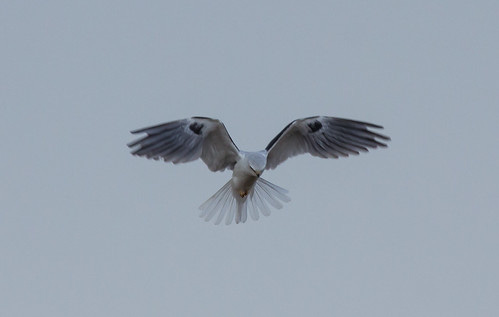
It took almost two more years to make it to the next milestone, this time on a Madison Audubon (now Southern Wisconsin Bird Alliance) field trip to Milwaukee in 1980.
The next year we moved to Duluth and had our first baby. I spent a lot of time birding in the Duluth area, and Russ and I brought the baby to Arizona in 1982 where I added 65 lifers, but it took a full decade, until 1991, to reach #500. That was the year I’d turn 40, and I got it in my head that I wanted to reach the milestone before my birthday, so Russ sent me on Kim Eckert’s birding tour of Texas in February. On my return, Russ brought the kids to meet me at the airport—they were holding up a big banner with my new life list total, “517!”
It took 8 more years, until March 29, 1999, for me to reach that ultimate, FINAL goal, #600, when I saw Florida Scrub-Jays with my whole family at Lake Kissimmee State Park during spring vacation. Russ took photos of me with a pair of the scrub jays in the background (I’m holding up 6 fingers for #600), and of a scrub jay above our family mascot, Piggy, who’d been coming along on trips since the kids were little.
That was the perfect ultimate birding experience as far as I was concerned, and now that was that. Goal achieved! Never again would I need to reach any particular number!
But the road to hell is paved with good intentions. In January 2001, I went on my first foreign trip, to Costa Rica—a gift from my aunt—and saw an astonishing 451 species (not all lifers, but a lot were new). Russ turned 50 in February, and since that was a rare year when I had an income, writing for the website Journey North, I bought tickets for us to take a cruise on the Inside Passage in Alaska on a small, Native-owned ship. We had a wonderful time, and I saw several more lifers.
When we got home and I added up all my new lifers (by then I was using a computer program called AviSys), my World Life List had reached 980. Hokey smoke! There was still time before my 50th birthday for me to get it up to 1,000!
Russ probably rolled his eyes when I told him about this suddenly urgent new goal, but he was extremely nice about it and we headed to Trinidad and Tobago on Halloween. We started our first morning seeing lots of wonderful birds from the veranda at the Asa Wright Nature Centre and then went on a guided bird walk. Russ was right at my side when I hit the 1,000-bird milestone with a Bearded Bellbird. He grabbed a photo of me looking at it on the bird walk, and when the field trip was over, he took pictures of the bird while I recorded it calling.
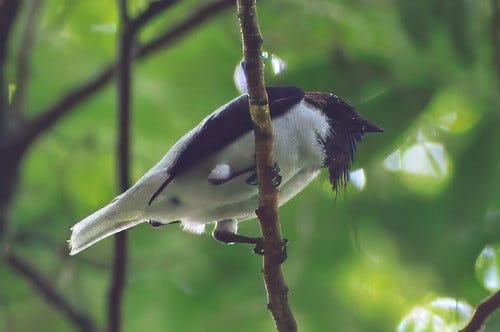
And that was that for numerical milestones. I have no idea what my #2,000 is—I reached that in Uganda in November 2016, but was seeing just too many birds each day to keep them all in any kind of chronological order, and the number didn’t seem important anyway. I really was done thinking about hitting special numbers. By then, a lot of birders had seen 600 species on their “ABA Area” list and the new benchmark for a successful American lister was 700, but that was pretty much unreachable for me.
Russ and I celebrated our 70th birthdays and 50th wedding anniversary in 2022 by going on an amazing VENT tour of Alaska led by our treasured friend Erik Bruhnke, and I saw 13 lifers. And at some point after we got home, when I was moseying around in eBird, I noticed that my ABA Area List had reached 724! When did that happen?
I had reached 700 without even knowing it back in 2016 when the American Birding Association added Hawaii to the official “ABA Area.” We’d taken the kids on a vacation to Maui, the Big Island, and Oahu in 2000, before Hawaiian birds were countable in the ABA Area, though they were on my “World List.” So my hitting 700 for the ABA Area was anticlimactic.
I’m very happy that Hawaii was added to the ABA Area—more endangered birds live in that one state than in all the other states combined, and supporting conservation of Hawaiian birds is every American birder’s responsibility. But I couldn’t help but wonder what number my list would be at under the old rules. eBird provides all kinds of listing data for birders, and when I noticed they kept track of our “ABA Continental List,” I saw that mine was at 695. Oh, dear—I could feel that old urgency taking over again.
Russ and I go to Florida a lot because our son lives in Orlando, and we’ve spent a lot of time in the Everglades and some time in the Keys, but we shy away from driving anywhere near Miami, where quite a few exotic species are established and “countable.” I was still missing Burrowing Owl for my Florida list and a handful of native species for my life list, so a single birding tour of South Florida with a guide who knew the area well (and would do all the driving) could quite likely get my list up to 700.
So to South Florida I went in 2023. Even though most of my potential lifers were exotics, I hoped against hope that the milestone bird would be a native species. But on April 25, a Mitred Parakeet (native to South America) seen in the extremely unnatural habitat of the Biltmore Hotel golf course was the one. One woman in our group, Sara Bettencourt, was working on the exact same goal, and oddly enough, she hit 700 with the same bird at the same moment that I did!
Fortunately, that was not the last lifer of the trip because just a few months later, the American Ornithological Society lumped two species on my list—the Cordilleran and Pacific-slope Flycatchers—into a single species, the Western Flycatcher, bumping Mitred Parakeet down to #699 and making the Smooth-billed Ani #700.
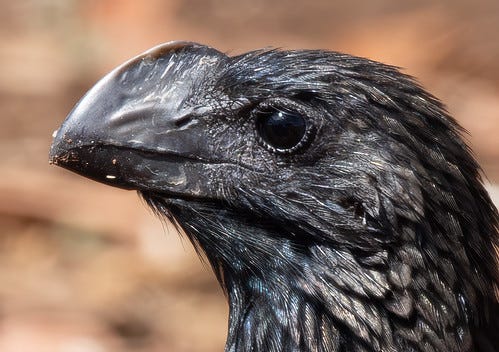
As of this moment, eBird is saying my ABA Continental List is 704. The added four are a flamingo on October 11, 2023 with Russ and our son, who was the one who picked it out; a Fieldfare in Ashland, Wisconsin on February 21, 2024; and Red Junglefowl and Orange-winged Amazon in Florida last April. (Chickens have been established in Key West for decades but had just become “countable.”) I don’t like those two being at the top of my list because, like the Mitred Parakeet, they’re both introduced rather than native.
According to eBird, my World Life List is at 2,211. Since I reached 1,000 a quarter century ago, I haven’t paid much attention to that number, so I really think I’m done with numbers. I know I’ve said that before, but really, of all those 2,211 species I’ve seen, the single most important was #1, the Black-capped Chickadee who got the ball rolling on March 2, 1975 in Baker Woodlot at Michigan State. So when Russ and I went back there on March 2, 2025 for my 50th anniversary of birding, we really did bring my listing—well, my keeping track of the numbers—full circle.



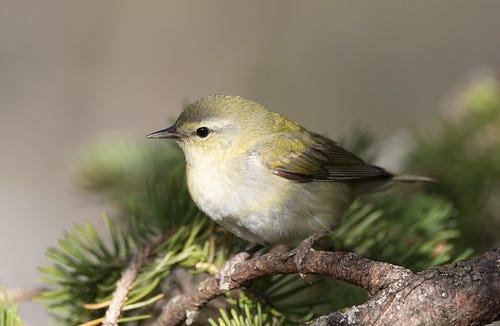
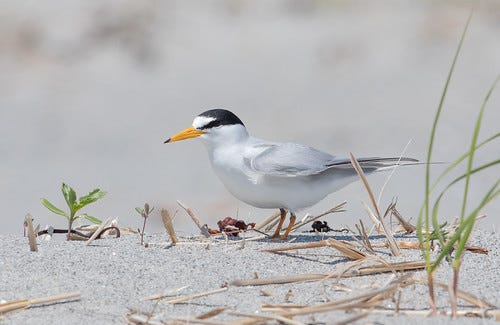
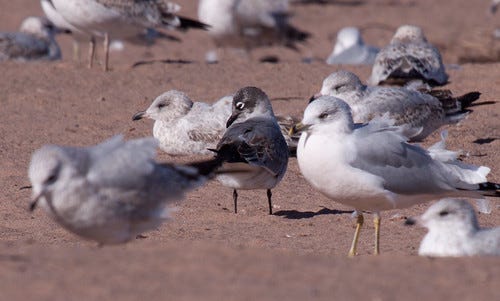
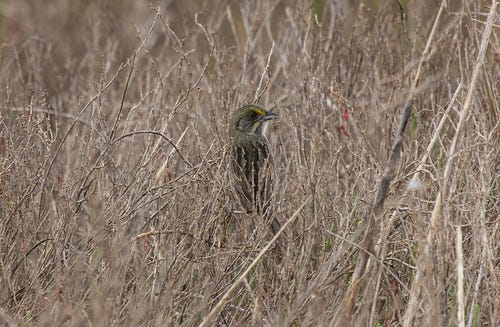
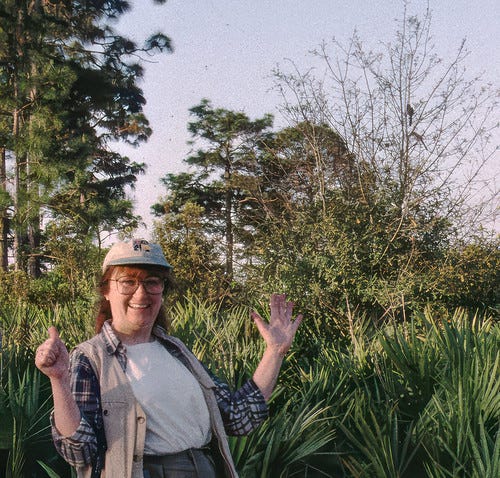
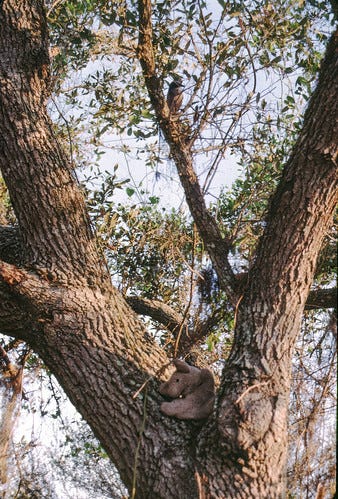
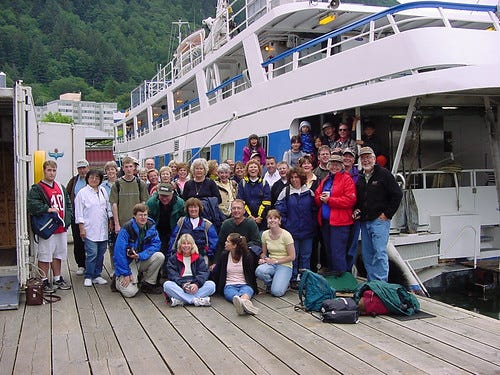

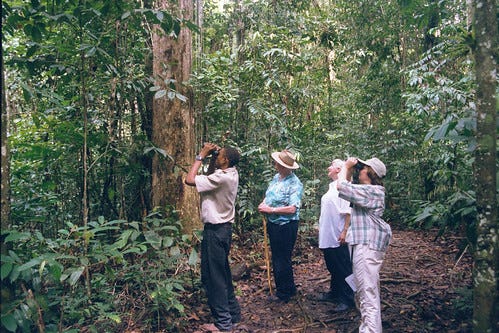
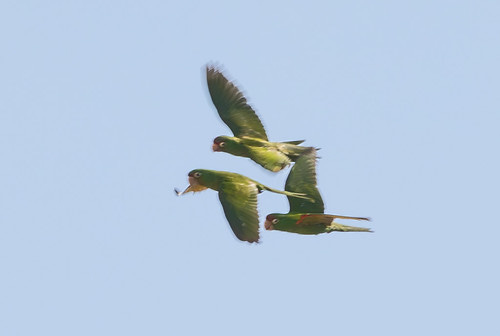
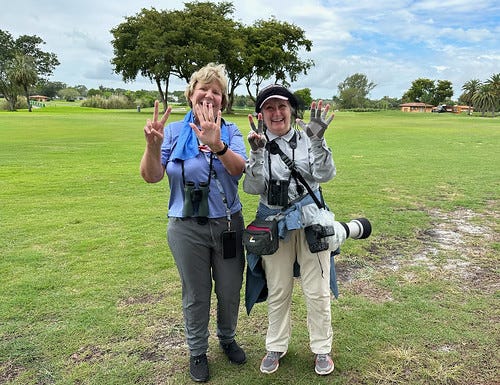
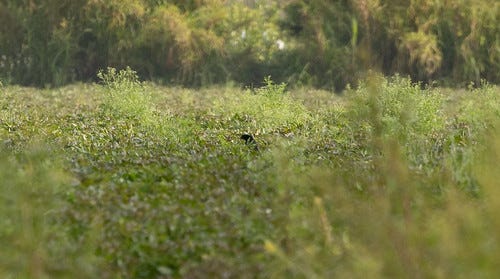
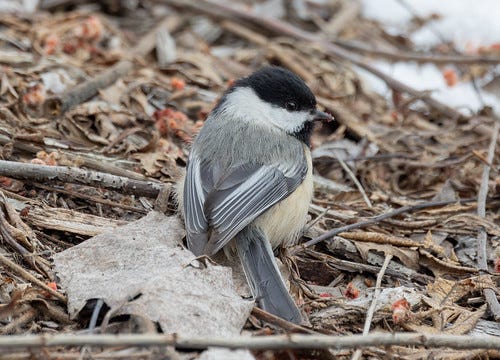
Just realizing how much fun your adventures with birds was also fun for your family!!